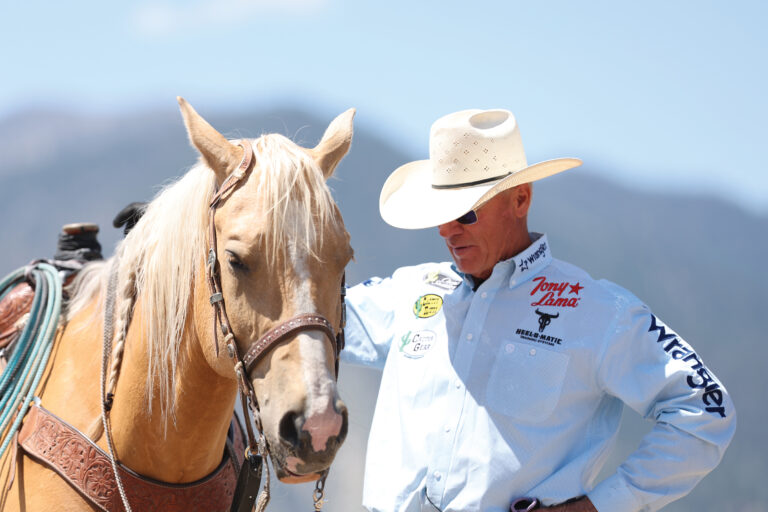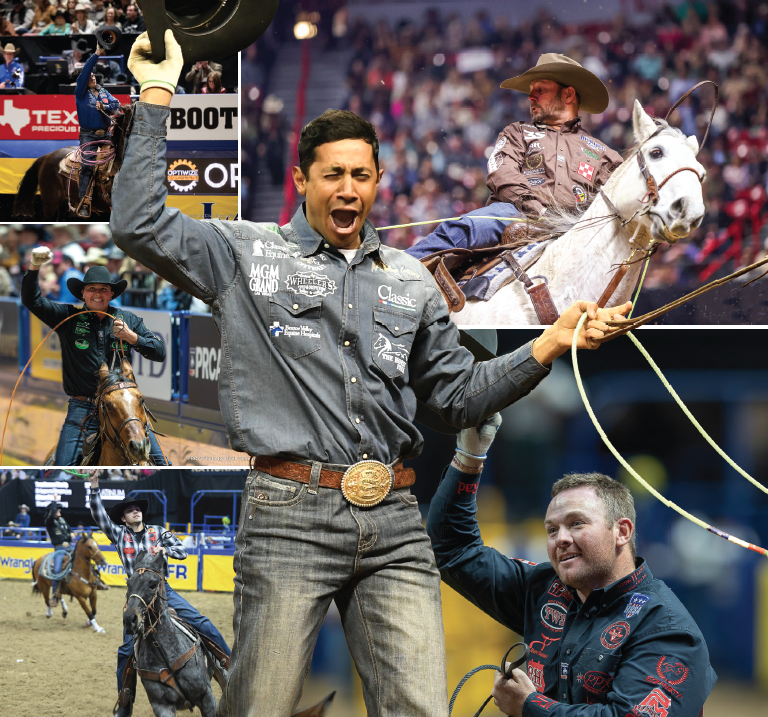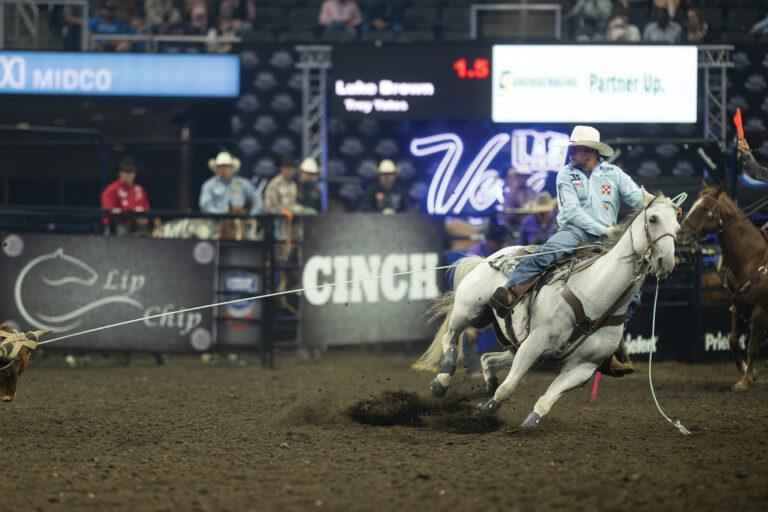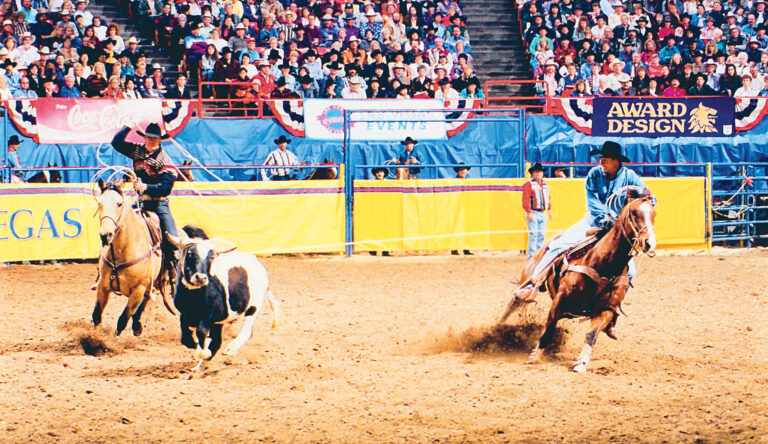I didn’t grow up with an arena at home, so my whole practice program was on the dummy and I was relentless about roping that thing. There have been a lot of advancements in roping over the years. But one thing that was true then and still is today is that the highest percentage of misses heading is one of two things—splitting the horns or waving it off.
[WATCH: Jake Barnes’ Dummy Roping Masterclass on Roping.com]
I look back now and realize that I had zero instruction on roping or horsemanship when I was learning. I learned by watching how other people did things, and trial and error. I’m talking about basics here. I remember one time when I was 14 or 15 and warming my horse up at a jackpot, and this lady asked, “Do you know you’re in the wrong lead?” I said, “What’s that mean?” I was a ranch kid. I didn’t have a clue.
Going all the way back, about the only advice I got about roping was people telling me to throw my rope like I was a pitcher throwing the ball to home plate. So that’s what I tried to do, and I somehow figured out a way to make it go around the steer’s horns.
People used to tell me to pull my slack down by my hip pocket. They said that would keep me from waving it off, and that if I pulled it out to the side, I’d pop it off.
I started teaching roping schools early on in my career. That helped me become a better roper, because I had to figure out the why on everything. I became a student of the game, and looked at still pictures and videos, in addition to making and watching thousands of runs.
[READ MORE: Finding the Perfect Loop-Size Fit]
There are all kinds of ways to miss a steer. But if you do the stats on missing, it’s usually going to be splitting the horns or waving it off. So those were two things I really went to work on. I ask people at schools all the time why they missed a steer, and a lot of them have learned terms over the years that are excuses and explanations.
There are different reasons why you split the horns. More than anything is the physics of the rope. It has to do with the angle on your loop, the timing of your release and how your rope lands. The top strand of your rope is coming down at too steep of an angle, which forces the rope to go under the base of the left horn.
To me, the biggest thing about splitting the horns is your follow-through. You catch the right horn, but you miss the left horn, because the rope is coming in too steep. A lot of splitting the horns also has to do with position. When people get too close, they’re more likely to split the horns, because it creates that steeper angle.
They use a lot of slower cattle in low-numbered ropings. Most people like cattle that run medium, so steers stay out in front of them and they don’t get the angle on their loop too steep and split the horns. I like to move people up two feet closer to the dummy from their sweet spot when roping the dummy. That creates the same situation, and puts too much downward angle on their loop.
[READ MORE: Handling Steers & Helping Your Heeler]
No matter how big or small the horns, or what position you’re roping from, you need to figure out how to catch. We have no guaranteed shot when we nod our heads, so unless we want to be one-dimensional ropers, we need to learn how to execute every shot—from too close to the sweet spot to two coils away. You’re most apt to split the horns on slow cattle with big horns, but to be successful you need to be able to rope cattle of all speeds and sizes.
How I learned to not wave it off of small-horned cattle was by going to Sterling Price’s place in Tatum, New Mexico to practice when I was in college. They ran in some muleys, and I curled most of them around the top of the head, then had to fish it on. I didn’t have my tip down far enough to get it over the nose, but I was locking my loop on with the curl.
That’s when it hit me that I ought to be able to pull my slack in any direction if I throw the right loop. People used to tell me that if I pulled my slack out to the side, I’d wave it off. I tell people today that I want to pull my slack out to the side, like a lot of the best guys do. I intentionally pull my slack out to the right at shoulder level, then I can come straight back across to my saddle horn to dally. TRJ









